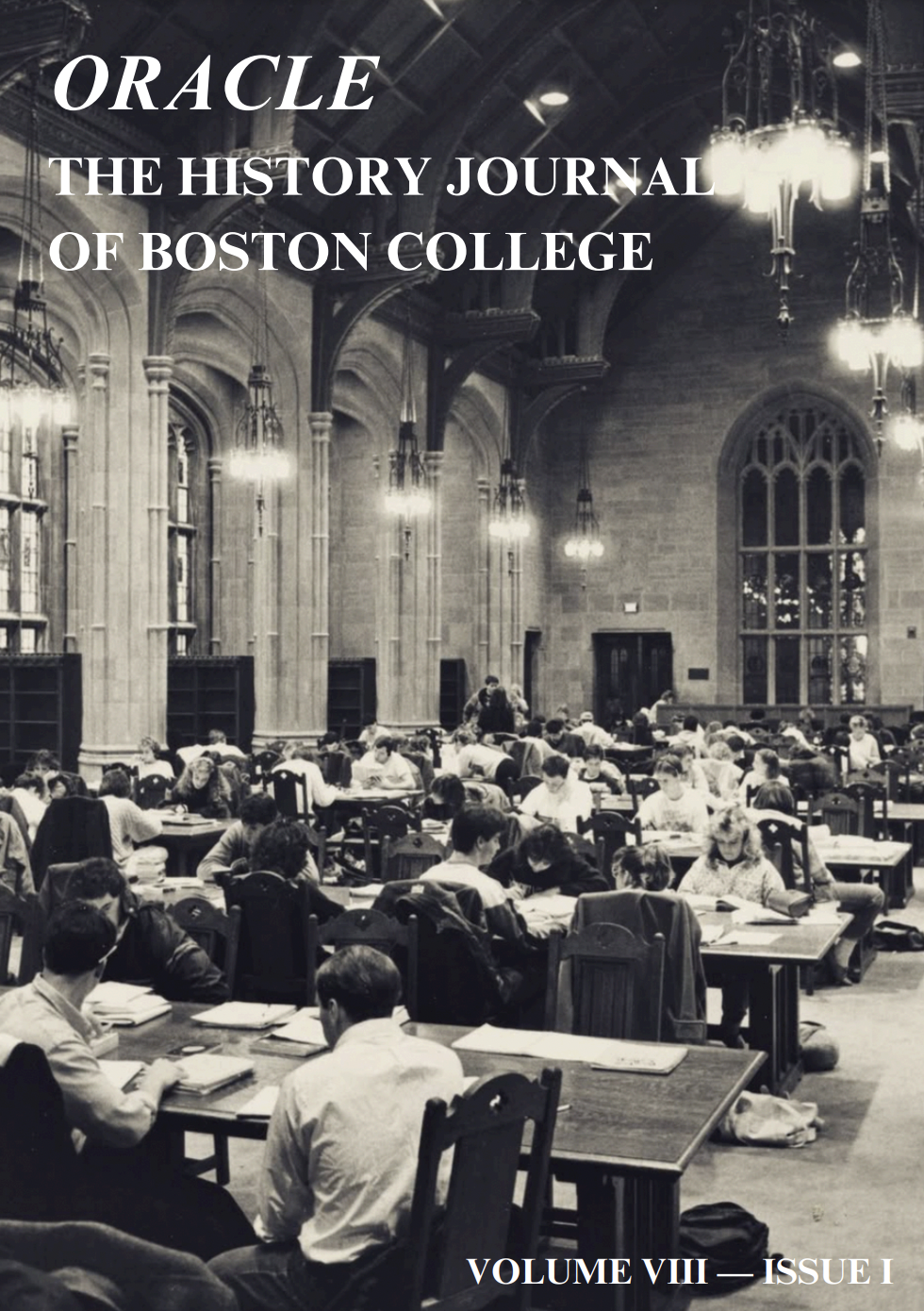Before MMIW: Native American Women’s Resistance to Systemic Violence in the Twentieth Century
Keywords:
Native American History, Missing and Murdered Inidgenous WomenAbstract
The Missing and Murdered Indigenous Women (MMIW) crisis represents one of the most urgent issues of racialized violence in modern-day Canada and the United States. While this crisis gained significant attention through grassroots activism and promotion in the early 1990s, historians have traced its roots to the enforced racialization of Native Americans through structural and legislative means that are rooted in the remnants of colonial power structures. Scholars have argued that while the racial ideologies used to marginalize Native Americans have transformed throughout history, violence has remained a constant threat that has been overlooked and/or ignored by law enforcement in Canada and the United States. This issue disproportionately affects women, who face significantly higher risks of domestic and sexual violence, as well as brutality from law enforcement.
In order to understand the emergence of the MMIW movement in the 1990s, it is imperative to understand the historical lineage of the movement. Throughout the twentieth century, Native American women became more politically-engaged and thus more aware of the structural issues they faced. They also gained new levels of social mobility away from spheres of domestic and tribal patriarchy, a residual effect of colonial ideologies. In effect, Native American women became better positioned to organize around interrelated issues of sexism, education, and domestic/sexual violence. Early platforms advocating for native women’s issues ranged from the American Indian Movement (AIM), established in 1968 to address systemic issues, to women’s shelters, like the White Buffalo Calf Women's Society established in South Dakota in 1980. Drawing from historical examples like these, this paper will consider the organizations, movements, and activists that preceded the grassroots MMIW movement. As MMIW has become a federal initiative in the twenty-first century, an inquiry into its origins contains historical and contemporary significance. Further, much of the existing historical scholarship on this topic focuses on the MMIW crisis in Canada. This paper will specifically approach this subject matter through an analysis of the social, cultural, and political institutions existing in the United States throughout the twentieth century.


